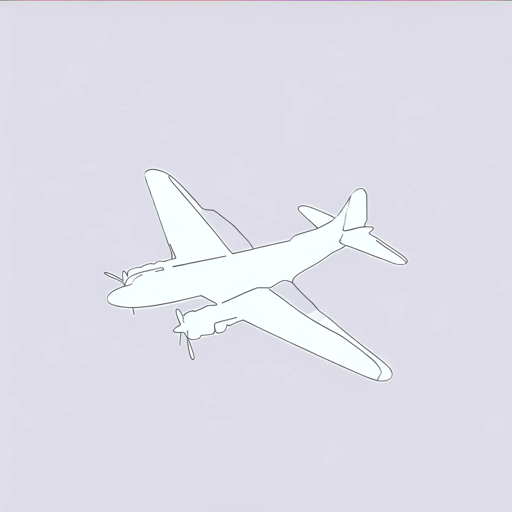52 pages • 1 hour read
Gregory A. FreemanThe Forgotten 500: The Untold Story of the Men Who Risked All for the Greatest Rescue Mission of World War II
Nonfiction | Book | Adult | Published in 2007A modern alternative to SparkNotes and CliffsNotes, SuperSummary offers high-quality Study Guides with detailed chapter summaries and analysis of major themes, characters, and more.
Index of Terms
B-17 bombers
In 1943-1944, American B-17 bombers conducted regular raids on Nazi-controlled oil refineries at Ploesti, Romania. While the B-24 featured some improvements over its predecessor, one B-17 nonetheless featured an advanced radar system that improved the accuracy of bombing runs. Robert Wilson operated this system while serving as a B-17 navigator.
B-24 bombers
In 1943-1944, American B-24 bombers also conducted regular raids on Ploesti. Nearly all of the US fliers stranded and rescued in Yugoslavia had been B-24 crewmen. Unlike the B-17, the B-24 featured a system that used electric power to raise and lower the ball turret. Clare Musgrove served as a ball turret gunner on a B-24.
Ball turret gunners
US B-17 and B-24 bombers featured a ball turret, a rotating and retractable sphere from which a single crewman worked in cramped quarters and operated two guns with 250 rounds of ammunition each. Clare Musgrove, one of the airmen rescued in Operation Halyard, had served as both an instructor and a ball turret gunner on combat missions. While the B-24’s ball turret could be lowered and retracted electrically, Musgrove’s ball turret malfunctioned on the day of his ill-fated flight, which required him to crank the turret manually, delaying his jump from the damaged plane and probably ensuring that he ended up in friendly Serbian hands instead of a Nazi prisoner-of-war camp.

